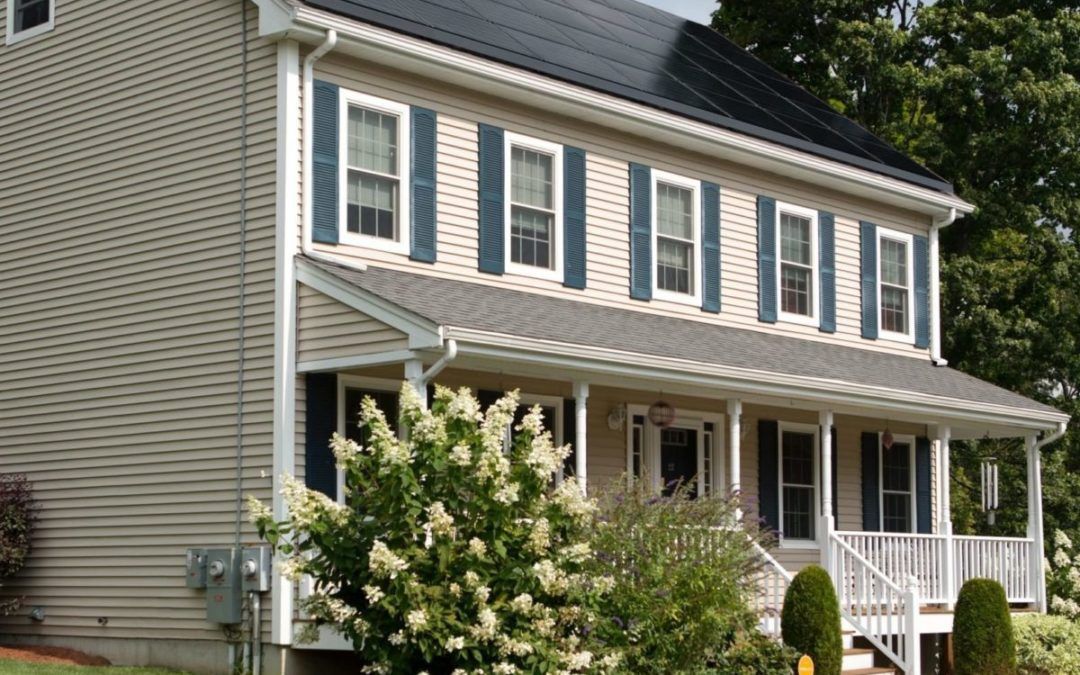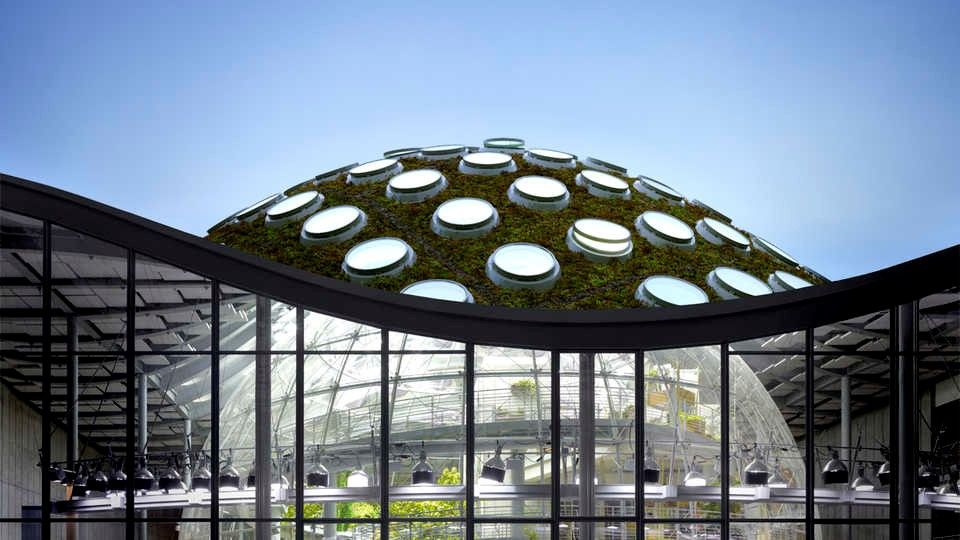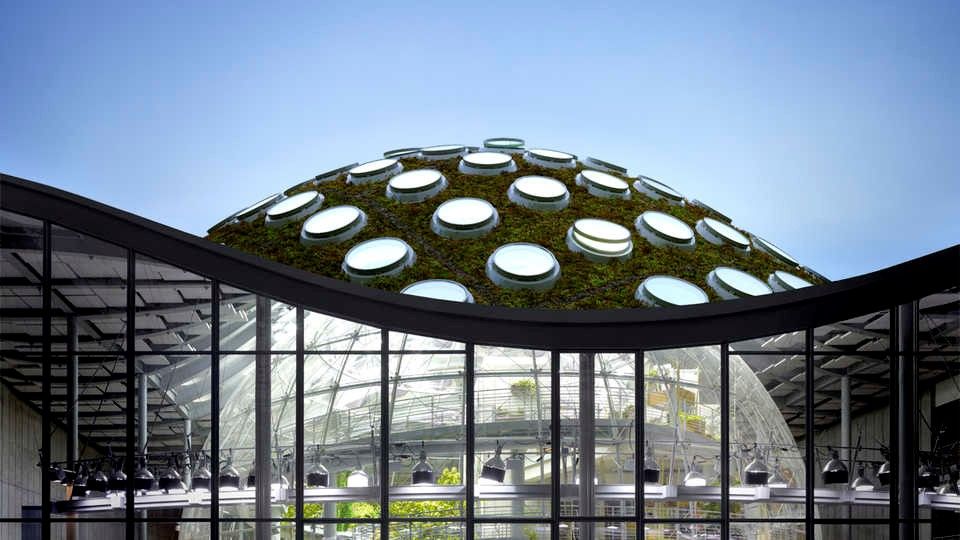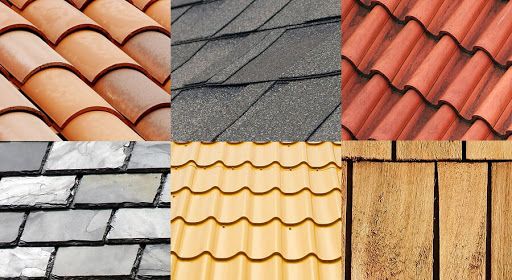
How Do They Affect Each Other?
Roofs and temperature are connected in more ways than one. While the outside temperature will obviously have some effect on the integrity and longevity of your roof, your roof will also have an effect on the temperature inside your home. Here’s what every homeowner in the Midwest needs to know about the relationship between temperature and roofs.
How Temps Affect Your Roof
The Midwest has a lot of range in temperature and this can take a real toll on your roof. Extreme heat and extreme cold are both present throughout the year. Here is the damage caused by each.
Extreme heat: Too much sun and excessive heat can cause bumps, cracks, and warping in your roof. Heat dries out shingles and can cause materials to expand. When they shrink back to their regular size (usually at night), the constant shift can cause even more damage. If temps get above 80 degrees, which is typical during a Midwest summer, you can expect some damage to be done to your roof.
Extreme cold: Cold weather causes shingles to shrink, allowing moistures from rain or melted snow to get underneath. This causes water damage to the wood underneath the shingles. Extreme cold can also lead to ice dams and heavy snow can lead to roof damage or even collapse if it’s allowed to remain on the roof. When temps dip below 40 degrees, problems are more likely to occur.
How Your Roof Affects Temps in Your Home
Heat can either be absorbed by your roof or reflected off, and this can have a significant impact on how well your home regulates the temperature inside. The goal is to have your roof absorb more heat from the sun in the winter and reflect it off in the summer. Here are the factors that determine how much heat is passed into your home:
Roof color: The wood under dark roofs is usually 10 to 15 degrees hotter than that under lighter-colored roofs. Darker colors not only absorb more sunlight, but they also trap it in the roof and allow it to seep into your attic. Lighter colors reflect more sun and hold much less heat that their darker counterparts. In colder areas, it’s usually better to have darker roofs and vice versa in warmer climates. In the Midwest, where heat and cold are pretty much equal, each have their value.
Roof material: What your roof is made from matters. It’s estimated that asphalt roofs reflect about 30% of sunlight while metal roofs can reflect as much as 70 or 80% of sunlight. Every type of material has a different rate of heat and light absorption. To find the best option for you, it’s always best to talk with an expert like those at Hometown Roofing.
Attic and roof construction: A properly constructed roof and adequate attic ventilation are the ultimate keys to keeping your home comfortable no matter what the weather is outside. Quality roofing companies like Hometown Roofing will ensure your new roof stays cool in the summer and warm in the winter and that your attic is ventilated in a way to encourage airflow. If your roof is not properly regulating temperatures, it could be time for a new one. Contact the pros at Hometown Roofing for a free quote.















